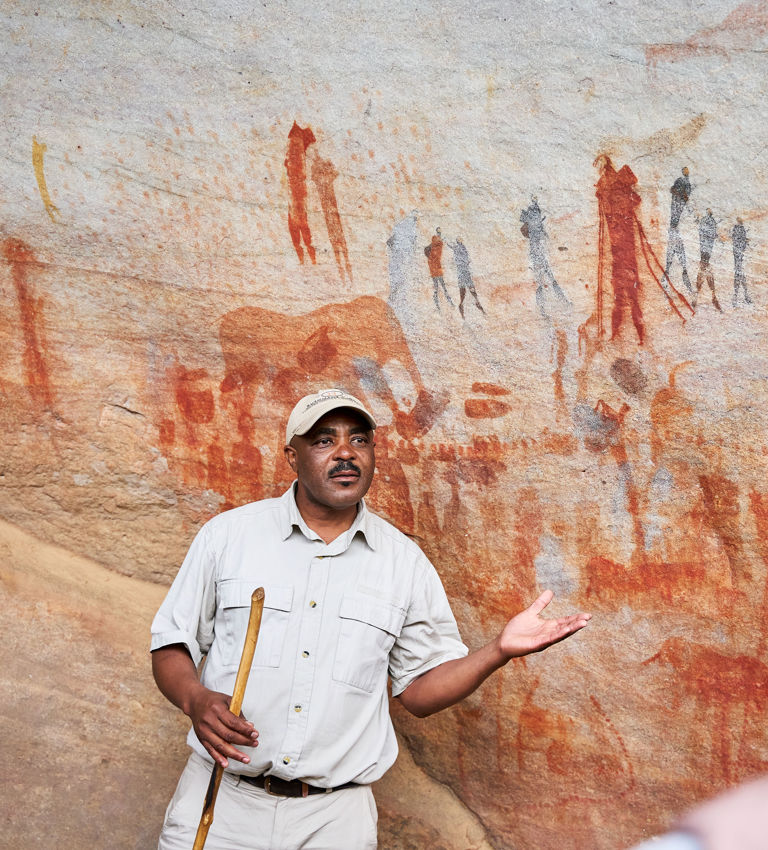
New Technology Finds Old Meaning in Our Rock Art
It's a true thrill to be able to understand better than ever the ancient San rock art sites under our custodianship.

It's a true thrill to be able to understand better than ever the ancient San rock art sites under our custodianship.
Explore our range of sustainable experiences, chosen for the positive impact they have on the traveller and communities we explore.
Discover more